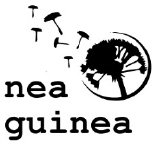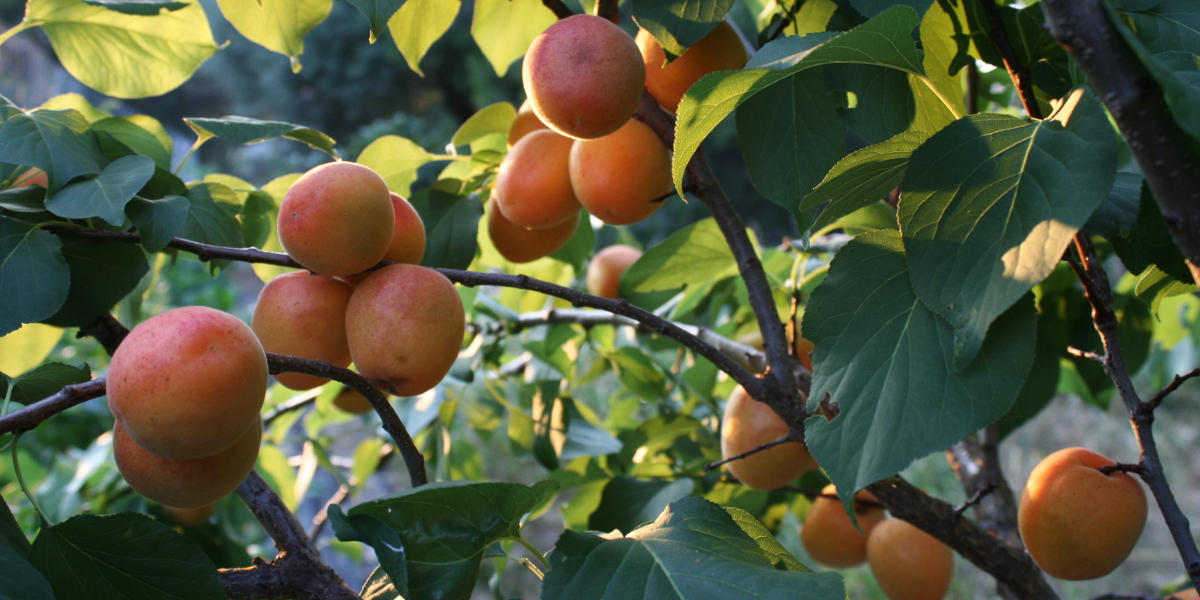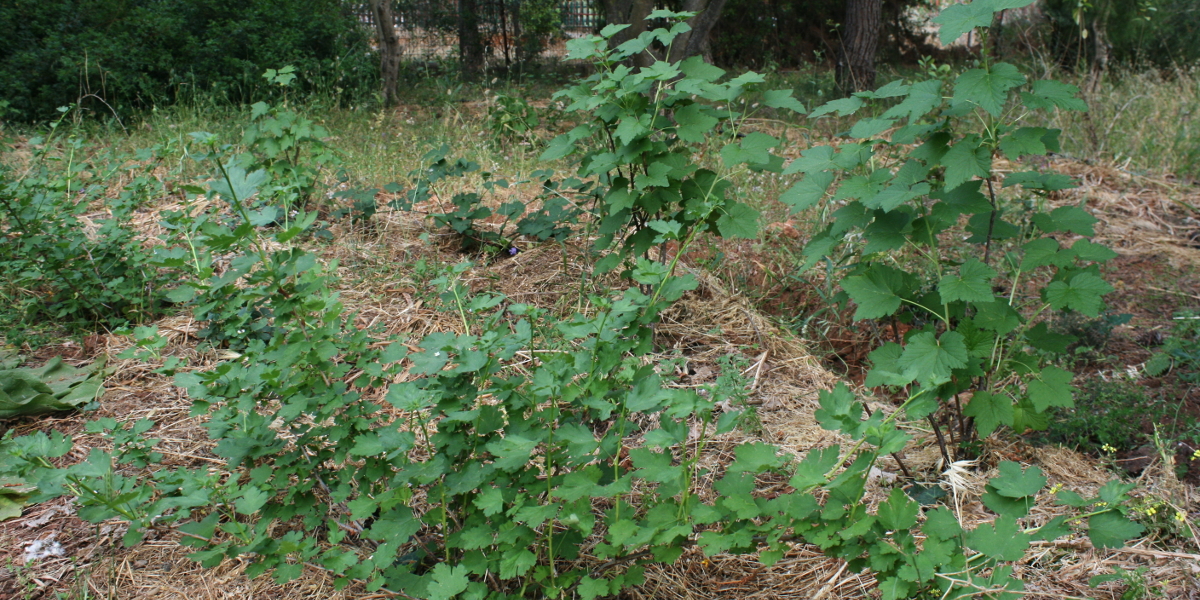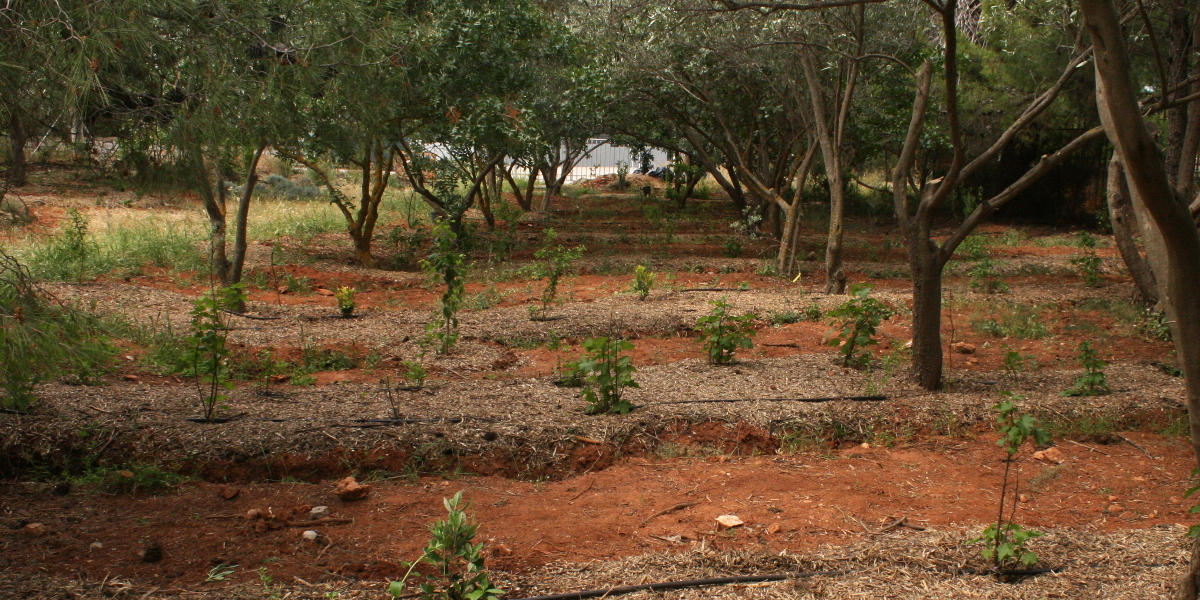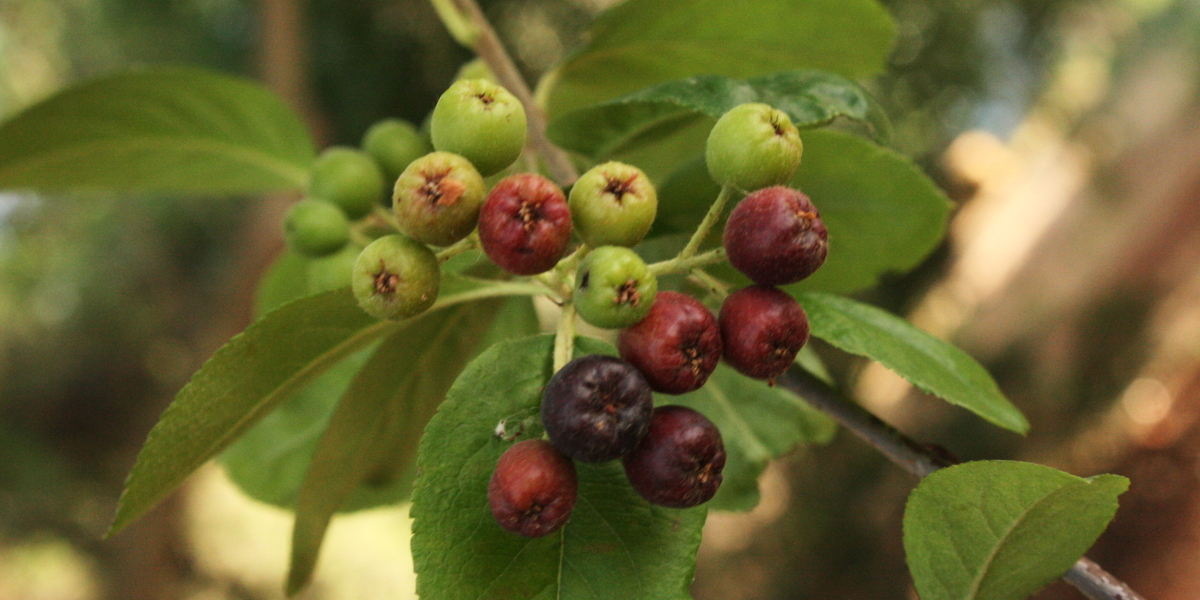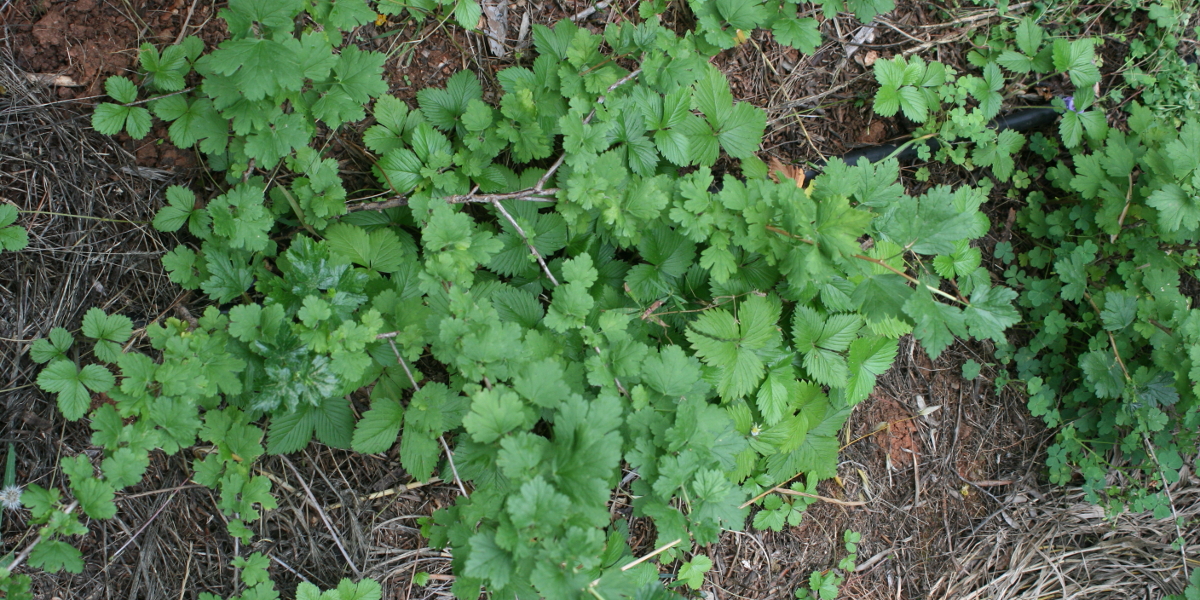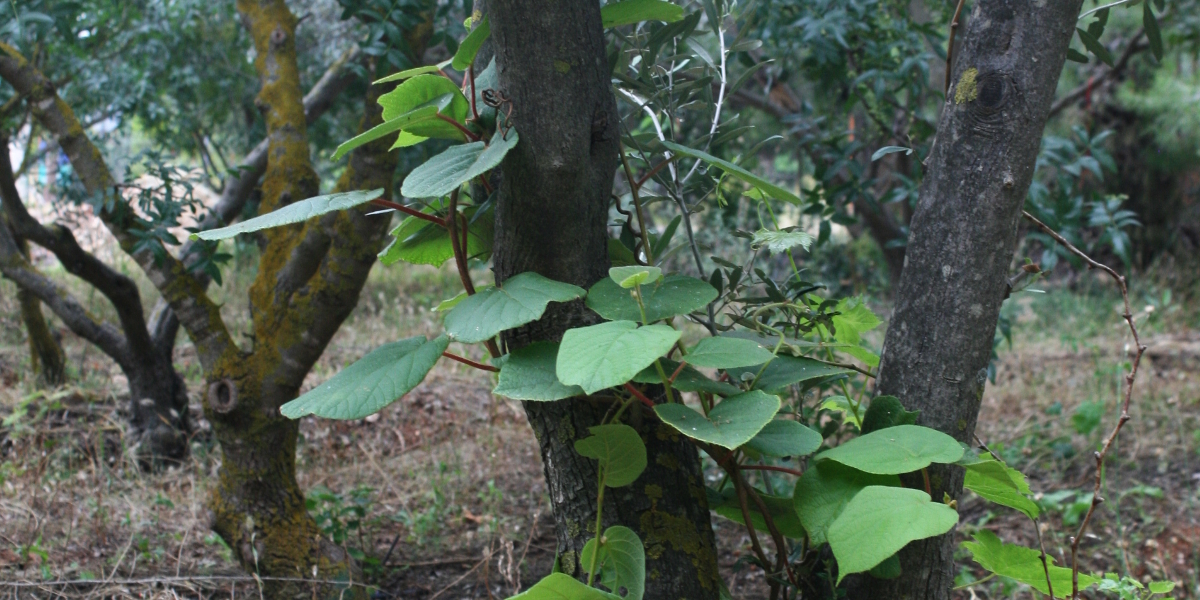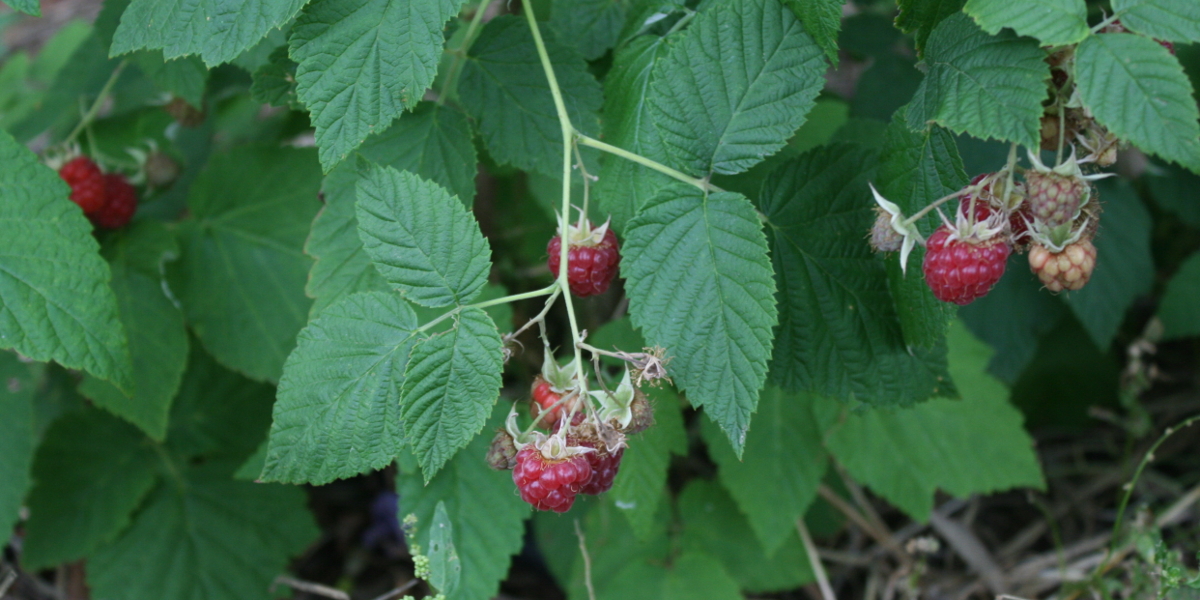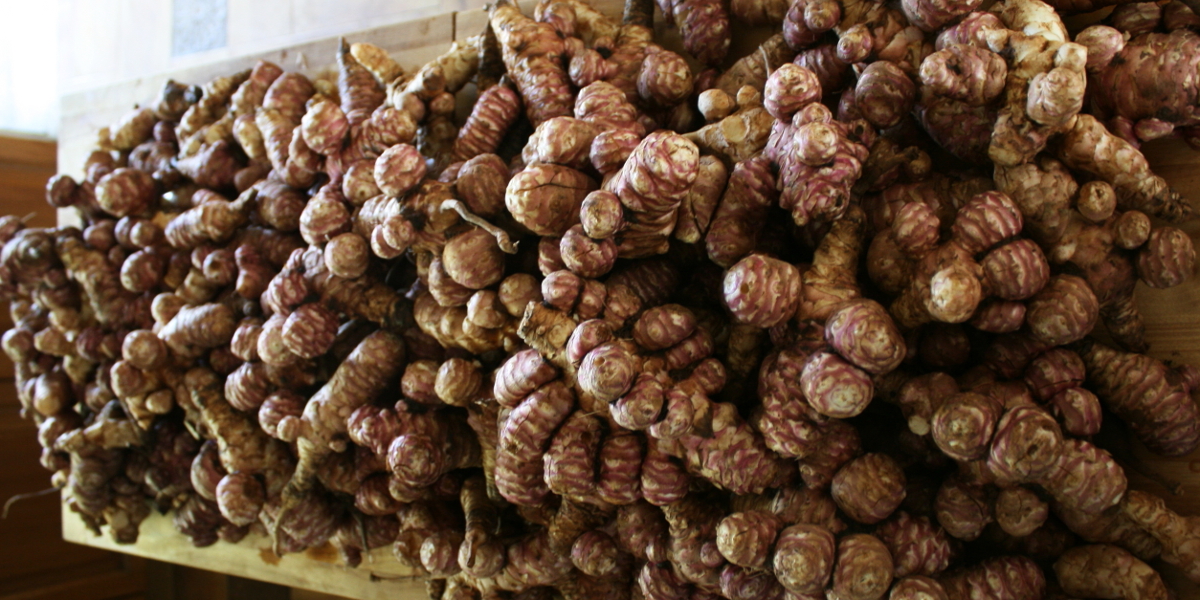Mediterranean forest garden
A forest garden is a multi-level cropping system designed to simulate a natural forest ecosystem in intermediate stages of ecological succession. It consists mainly of perennial plants that grow simultaneously at 3-7 different levels and includes large and small trees, shrubs, shrubs, rushes and climbing plants. Crop design is based on the ecology and the specific characteristics of each plant, and aims to optimise the conditions for its growth and exploit the positive interactions that occur between different species when they are grown in the same place. The forest garden usually includes a large number of species, each of which has multiple functions. As a result, the resulting system is complex and highly diverse, and exhibits great stability and resilience to stresses from climatic factors.
As the system matures, it becomes more and more self-regulating and the inputs needed to manage it become smaller and smaller.
Maintaining soil fertility: The soil remains covered with plants and constantly receives organic substrate to decompose. The roots of the plants take care to maintain the structure of the soil so that air and water can circulate and ensure intense biological activity. The nutrient content of the soil is kept high both by the recycling of plant matter and by the function of the roots: some plants are able to fix nitrogen while others draw elements from deeper layers of the soil.
Plant protection: Some plants produce substances that repel harmful insects or attract their predators. They also produce substances that prevent the growth and spread of fungi and other harmful microorganisms.
Pollination: some species, when abundant in the system, attract and maintain larger populations of pollinators in the system, thus ensuring better fruiting.
Creating favourable microclimates: the arrangement, orientation and combination of certain plants can create protective structures (e.g. to protect against strong winds or strong sunshine) that will make conditions more favourable for the growth of other plants
These farming systems usually focus on the production of food (fruits, nuts, seeds, mushrooms, vegetables and wild greens, bulbs, etc.) and raw materials for medicinal preparations (herbs, peels, roots, etc.). They can also produce timber, raw materials for basketry, dye plants, resins and tree sap for various uses. Also in many cases development of the forest garden is combined with beekeeping or small animal husbandry.
Forest gardens vary in both composition and extent, reflecting the needs and capabilities of the people who manage them.
On the New Guinea farm, the creation of a Mediterranean forest garden is underway. This cultivation system consists of 13 species of small and large fruiting shrubs, fruit trees and several fruiting and medicinal climbing plants. It also includes a large number of annual or perennial wild edible plants and herbs, as well as several nitrogen-fixing species that act as a support.
